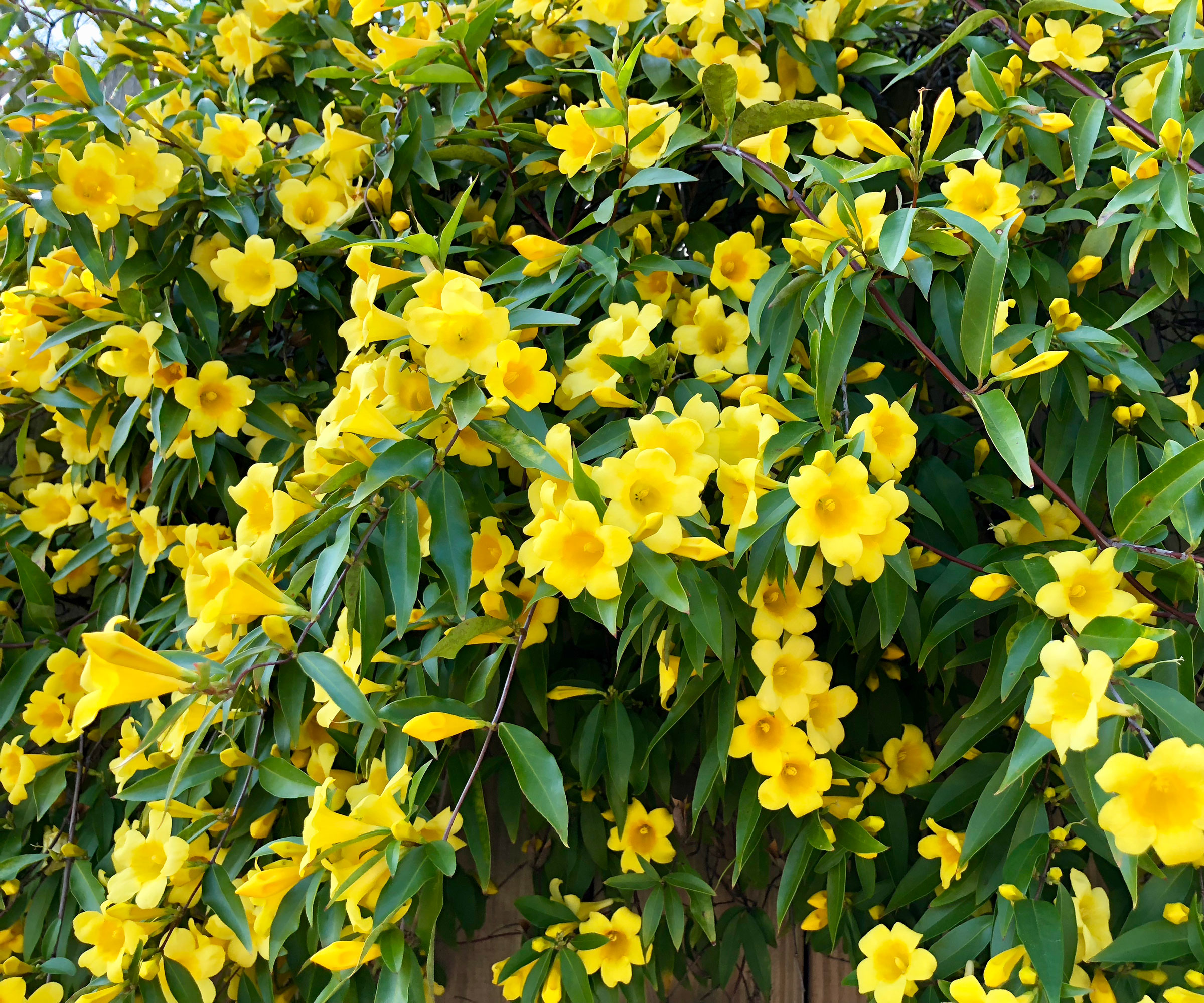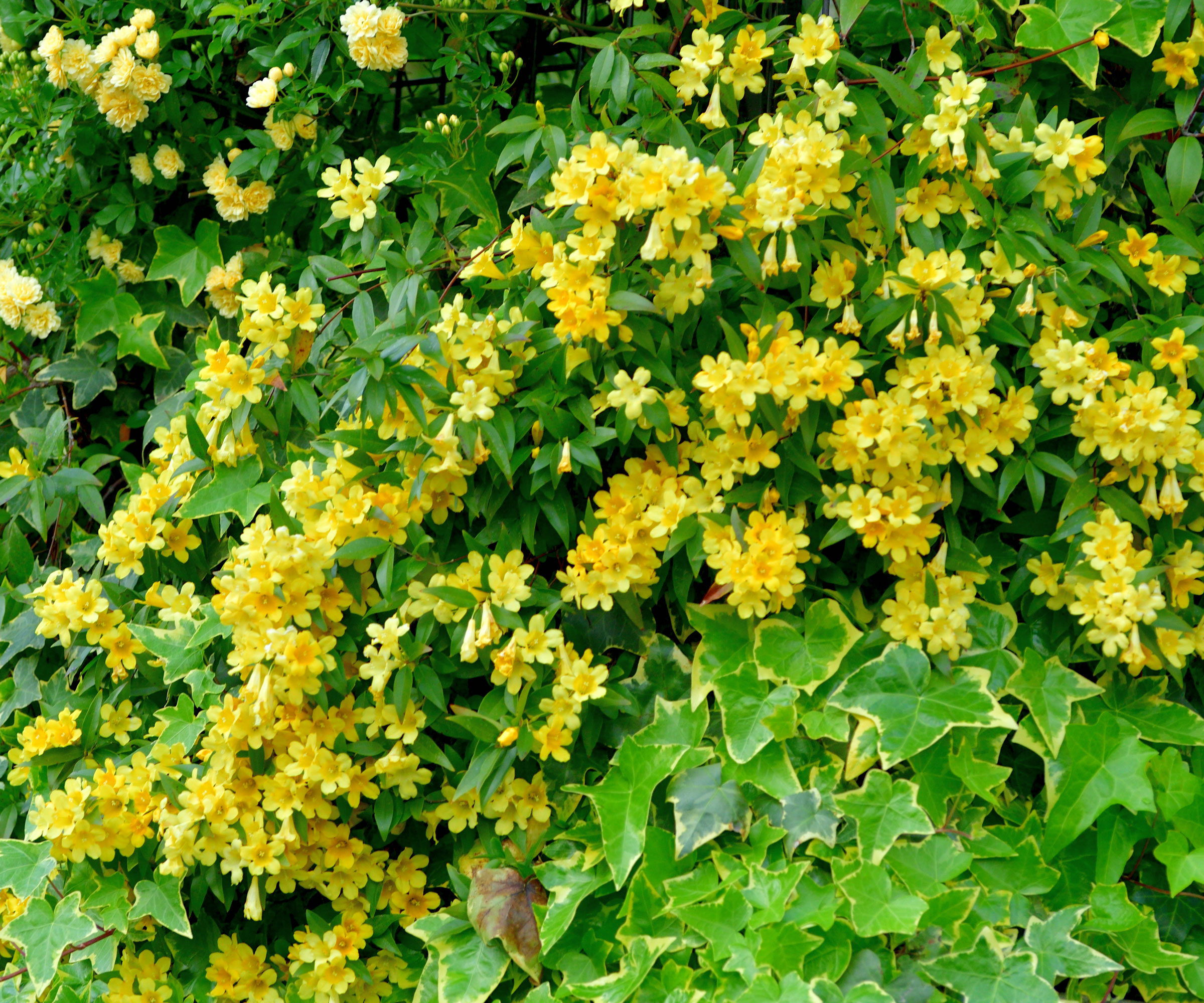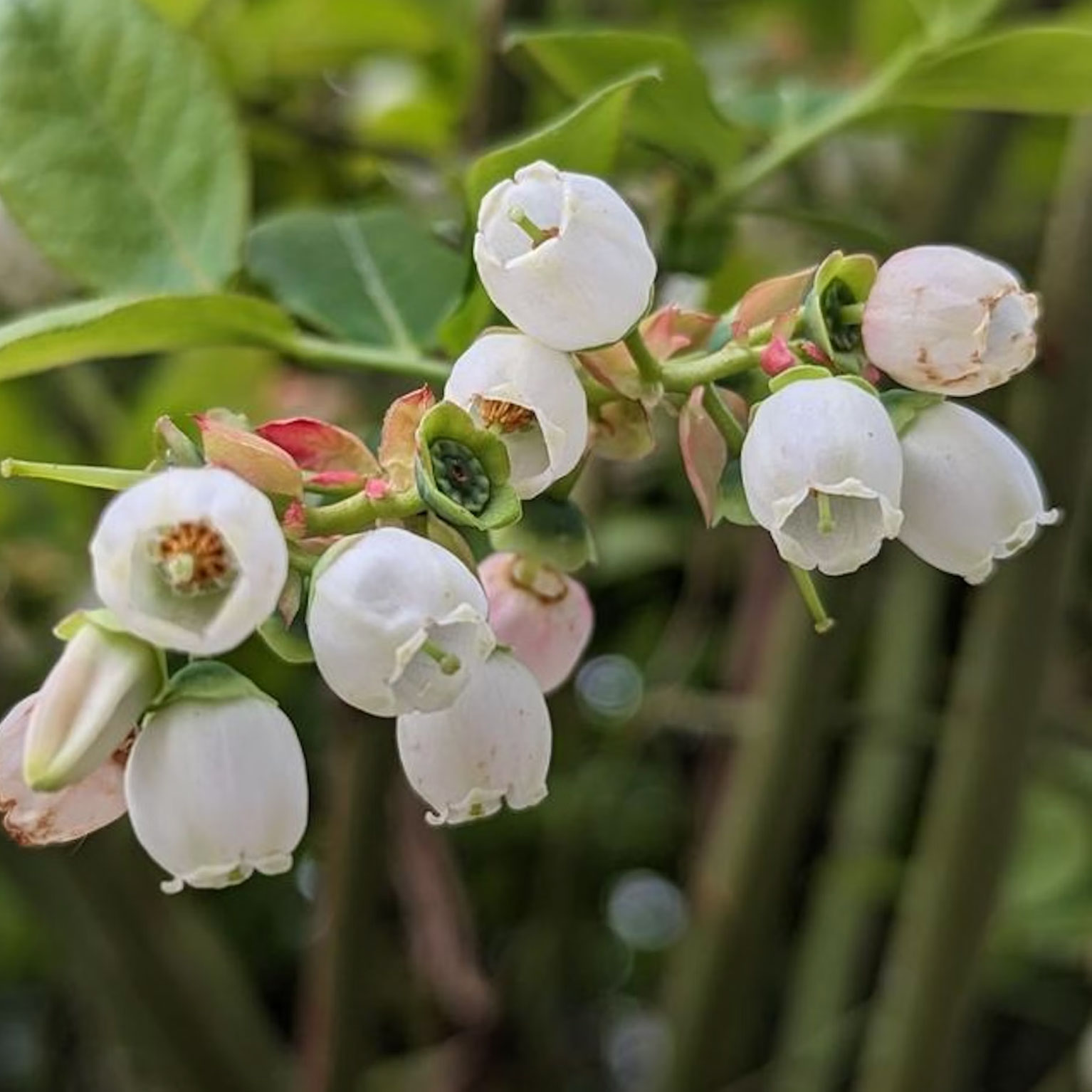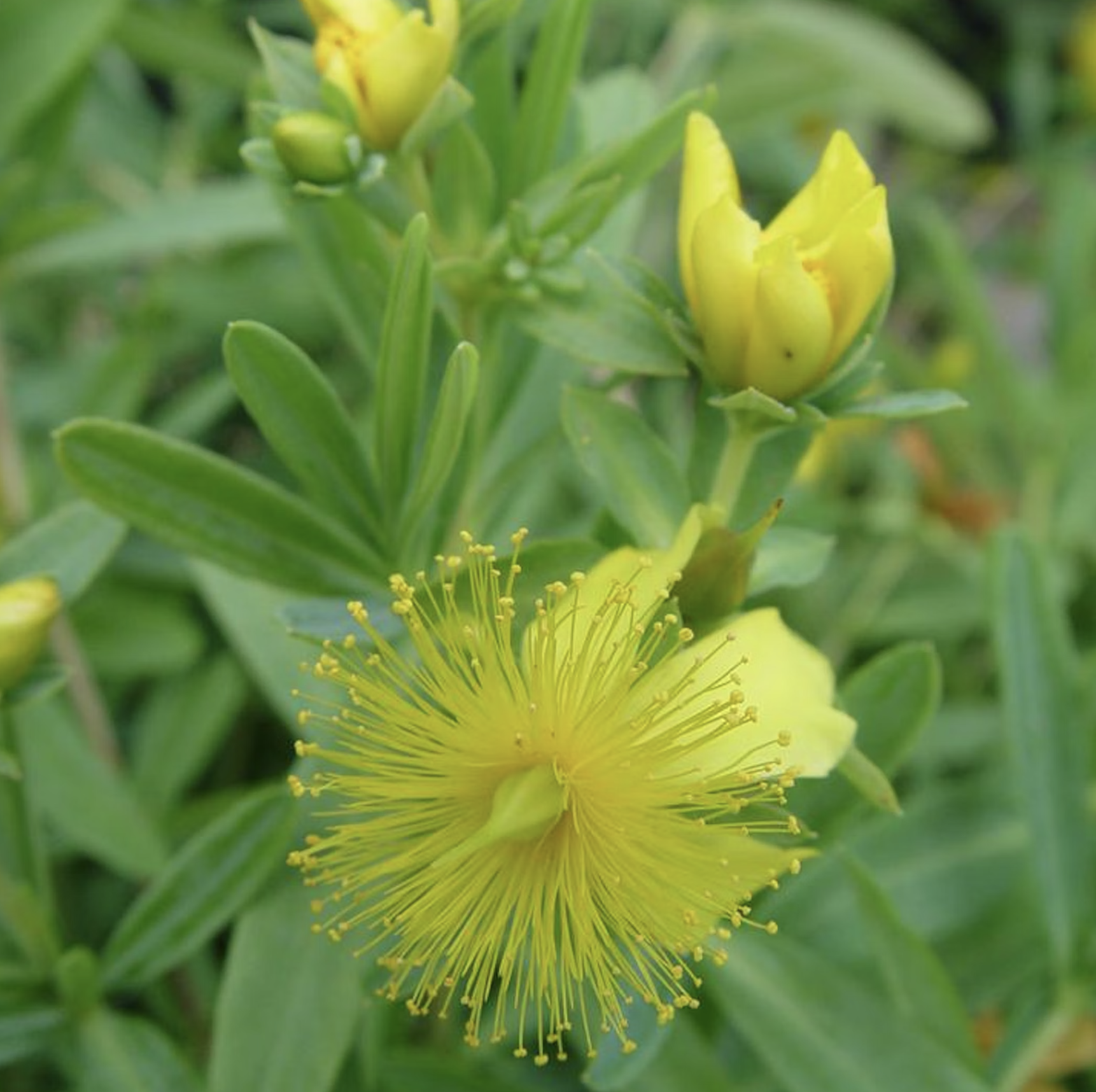Grow Carolina Jessamine – A Popular Vine For Spring Color On Trellises And Fences
If you’re looking for a pretty vining plant that works hard in small corners, grow Carolina Jessamine plant – here’s how to make the most of this Southern belle


Quick Facts:
Botanical name: Gelsemium sempervirens
Height: 20ft (6m)
Spread: 3-6ft (1-1.8m)
Sun: Full sun, part shade
Soil: Slightly acidic
Hardiness zones: 6-10
When to plant: Fall, spring
Flowering: Early spring
Native to much of the southern United States, Carolina Jessamine (Gelsemium sempervirens) is much loved for its glossy foliage and fragrant yellow blooms. Know how to grow Carolina Jessamine and you will be rewarded with glossy leaves all year round, creating an attractive dense cover for fences and walls. Thanks to its rapid growth habit, this long-flowering vine is ideal in informal gardens and naturalized spaces.
Tubular flowers are produced in abundance, followed by distinctive seed capsules that ripen over summer. Though easy to grow, Carolina Jessamine vines require a little care to flower at their best. Below, we'll explore how to grow Carolina Jessamine vine so you can enjoy this sunny blooming vine for longer.
Caring for Carolina Jessamine
With stems that can exceed 20 feet (6m) in length, the Carolina Jessamine plant climbs over anything it can twine its wiry stem around. It thrives on trellises and fences or under trees with loose canopies. Native to the southeastern US, where winters are mild and summers are hot, this plant tolerates an occasional frost, but persistent freezes can be deadly. Here’s how to best care for these fast-growing vining plants:
- Lighting: Plants positioned in full sun will perform best, with ample light aiding in the development of flower buds. Carolina Jessamine can also be grown where plants receive afternoon shade, remaining sheltered throughout the hottest parts of the day.
- Temperature & Humidity: Carolina Jessamine plants flourish in the warm conditions found through their native range. This is especially true in early spring, when temperatures are moderate, between 60-80°F (15-27°C) During this time, flower production will be most vigorous, with continued foliar growth and spread of vines. Plants will tolerate high levels of humidity through summer.

- Watering: Deep watering is an essential aspect of Carolina Jessamine care. Though mature plants demonstrate impressive tolerance to heat and drought, new plantings benefit from routine irrigation during the first growing season. Consistent moisture aids in the development of a strong root system and promotes more vigorous growth. Avoid overwatering, though, as it can lead to rot and other fungal infections.
- Fertilizing: Though optional, the seasonal use of fertilizer can promote bloom and increase the overall health of plants. Feed the vines in spring, just as growth has resumed. A balanced, slow-release fertilizer is the best option, delivering nutrients directly to the plant's root zone through summer.
- Soil & Compost: Carolina Jessamine vines grow best in a rich loam. Beds worked with a combination of compost and other amendments should drain well. Though established vines will tolerate neutral or alkaline soils, those that are slightly acidic yield the best results. Raising acid levels in soil if needed will prove beneficial.

Where to Grow Carolina Jessamine
Though Carolina Jessamine is best suited to naturalized landscapes, these knockout native flowering plants work equally well when incorporated into beds and borders. Plants make attractive and easy fence landscaping, but also work scrambling over large trellises, where their foliage adds both beauty and privacy. As plants may grow quite large, choose strong support structures.
To maintain smaller specimens, you can also plant into containers. Potted vines are best positioned where the plant's sweet fragrance can be enjoyed. It is also possible to grow Carolina Jessamine ground cover to help control erosion.
How to Plant Carolina Jessamine
Vines can be grown from seed with relative ease. However, doing so requires patience. The process begins in fall, after these unique yellow flowers have developed mature seeds. Refrigerate seeds after harvesting from pods for a period of cold stratification.
Sow Caroline Jessamine seeds as the weather warms in spring. Germination should occur in 7-10 days. New plants will require several years before beginning to bloom. Larger specimens can often be purchased as transplants in spring.
Sign up for the Gardening Know How newsletter today and receive a free copy of our e-book "How to Grow Delicious Tomatoes".
Pruning Your Carolina Jessamine
Due to its immense size, pruning will be a necessary aspect of Carolina Jessamine care. Regular trimming will help maintain the desired size and shape of plants, and promote more vigorous growth. This is best done in late spring or early summer, just as the vines have finished blooming. At this time, plants can be cut back aggressively.
Cut back the tips of the vines after the flowers fade to encourage fuller growth on the lower parts of the stem. If older vines become top heavy, you can cut plants back to 3ft (1m) above the ground to rejuvenate them. Good timing is key to ensure that next season's buds are not accidentally removed, as they continue to develop along the vine through summer and into fall.

Problems, Pests & Diseases
Like many native species, Carolina Jessamine plants are known for their hardiness and resistance to disease. Still, common infections may plague the plant where growing conditions are less than ideal. The most common problems include fungal diseases like powdery mildew, sooty mold and leaf spot. Prevention with good garden sanitation techniques is key to minimizing the spread of such issues.
Mites, aphids and other insects that feed on plant sap may also be problematic. Observate plants carefully through the growing season to assess and treat such occurrences more quickly, minimizing their impact.
Propagating Carolina Jessamine
Carolina Jessamine propagation can occur through cutting and division. Take hardwood cuttings in late summer. At this time, prepare and place in a moist growing medium. With consistent moisture and humidity, plant cuttings should root over the course of several weeks. New plants can be moved into the garden in early spring, after a brief period of hardening off.
Established plants can also be divided in autumn, as growth has started to slow. Lift rhizomes from the soil and cut into smaller segments. Each should have at least a couple of healthy growth tips, or eyes. Plant new divisions directly into beds, or pot into individual containers. This will allow ample time for root development through the coolest parts of the year, in preparation for spring.
If you want to collect a few seeds to start new plants, pick in fall after the seeds have turned brown. Air-dry for three or four days. Start indoors in late winter, or outdoors in late spring when the soil is warm.
Best Varieties to Try
- ‘Butterscotch’: Blessed with magnificent yellow blooms, capable of flowering in spring and autumn. Compact plants remain relatively small, reaching 8-12ft (2.4-3.6m) at maturity.
- ‘Pride of Augusta’: These evergreen vines are amongst the first to bloom each spring, delighting with their unique double flowers and enchanting fragrance. Lovely in formal and naturalized spaces.
Frequently Asked Questions
Is Carolina Jessamine poisonous to hummingbirds?
All parts of the plant are considered highly toxic to people and animals. Given Carolina Jessamine toxicity, great care should be taken to keep children and pets safe. That said, hummingbirds are able to feed from the vines without harm.
How fast does Carolina Jessamine grow?
Carolina Jessamine plants grow quickly, sprawling to cover supports and trellises. Where conditions are ideal, vines can be expected to grow between 3-5ft (1-1.5m) each season.
Will Carolina Jessamine grow in shade?
This vining plant will grow well where it receives shade throughout the warmest parts of the day. Excess shade should be avoided, though, as it might result in weak growth or poor flower production.
This article features products available from third party vendors on the Gardening Know How Shop. Keep in mind that our plant inventory is limited - so if you’re thinking of purchasing, don’t wait!

Tonya Barnett has been gardening for 13 years. Flowers are her passion. She has transformed her backyard into a cut flower garden, which she regularly chronicles on her YouTube channel http://www.youtube.com/@tonyawiththeflowers.

